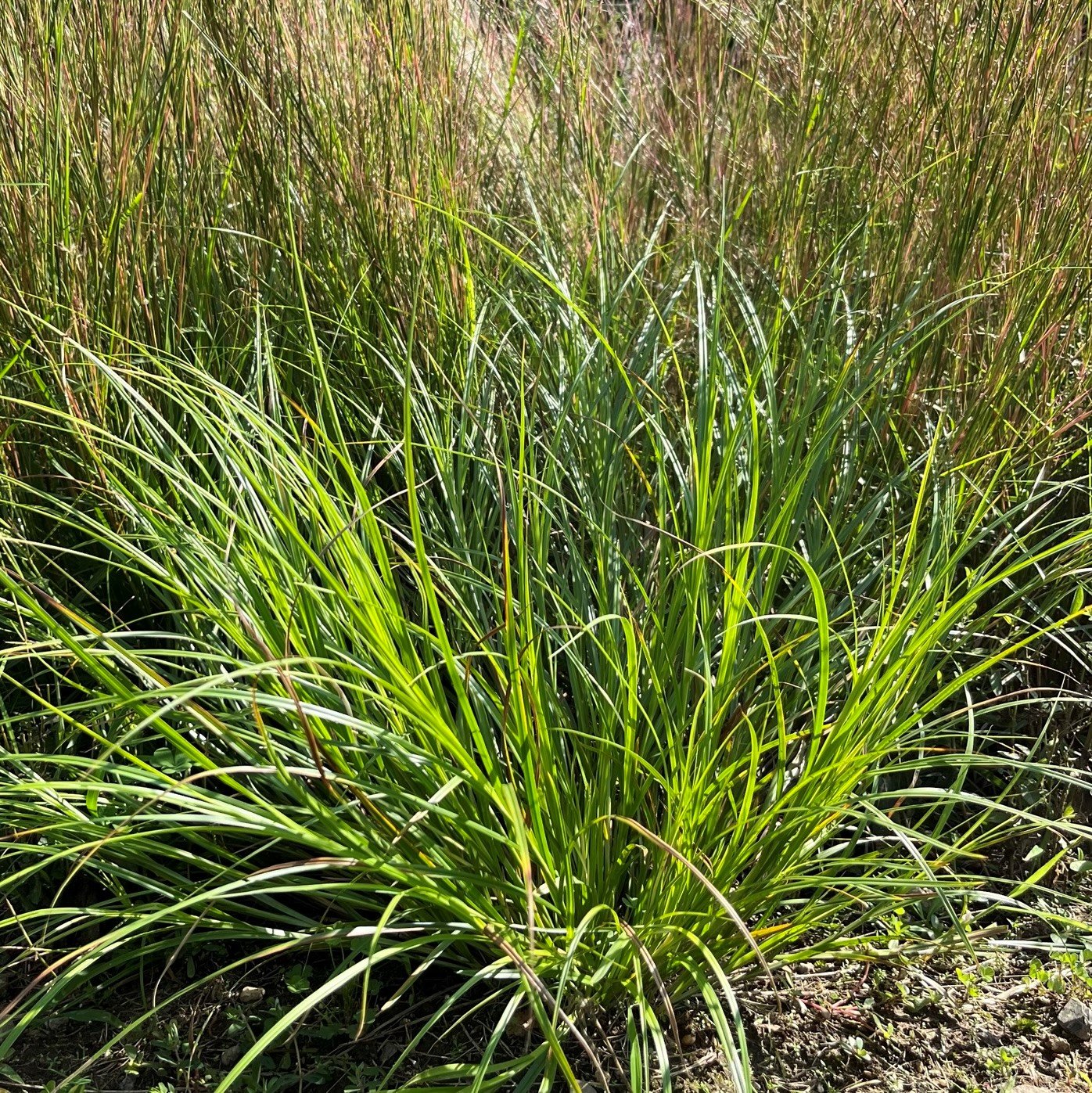HABIT
Height: 1-2’
Bloom Time: early- to mid-summer
SITE CONDITIONS
Light: full sun, partial shade
Soil: medium moist, average, medium-dry, dry
CULTIVATION TIPS
Establishment: easy, widely adaptable to wet and dry sites
Deer Resistance: high
INTERACTIONS
Pollinator Support: unknown
Other: host plant for Dun skipper
CONSERVATION
Native Range: northeast, mid-Atlantic, midwest, southeast
Seed Propagated: yes
